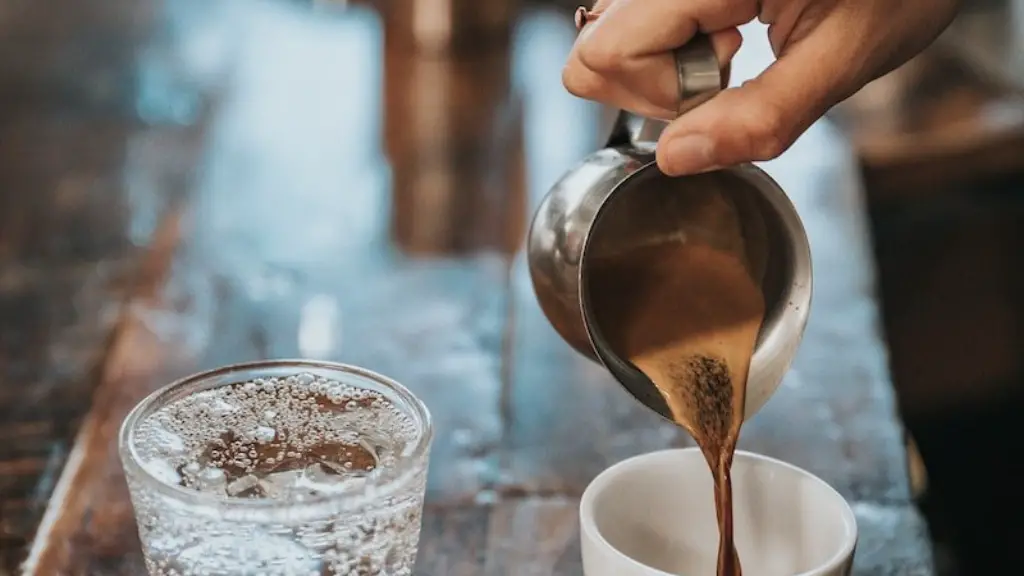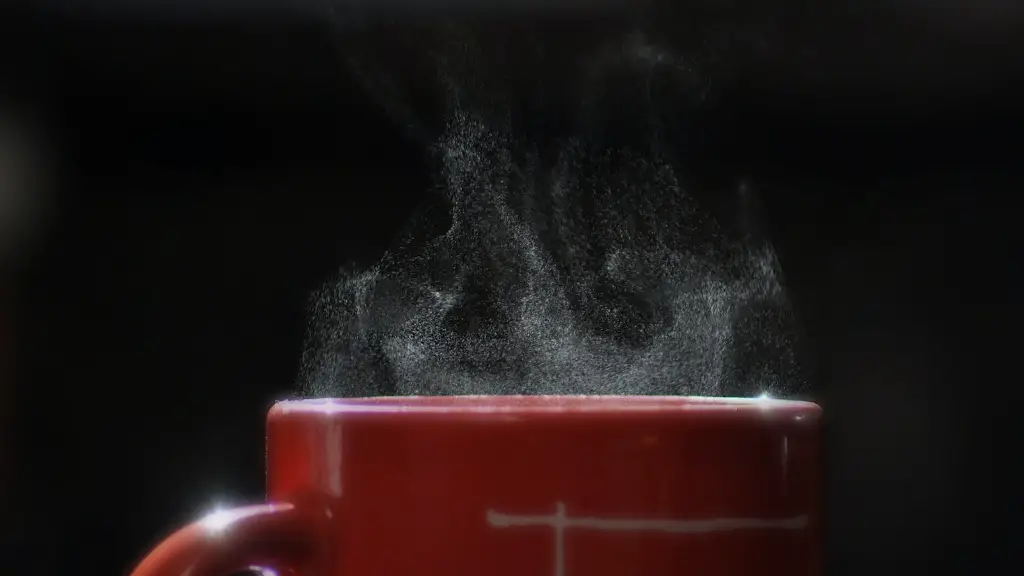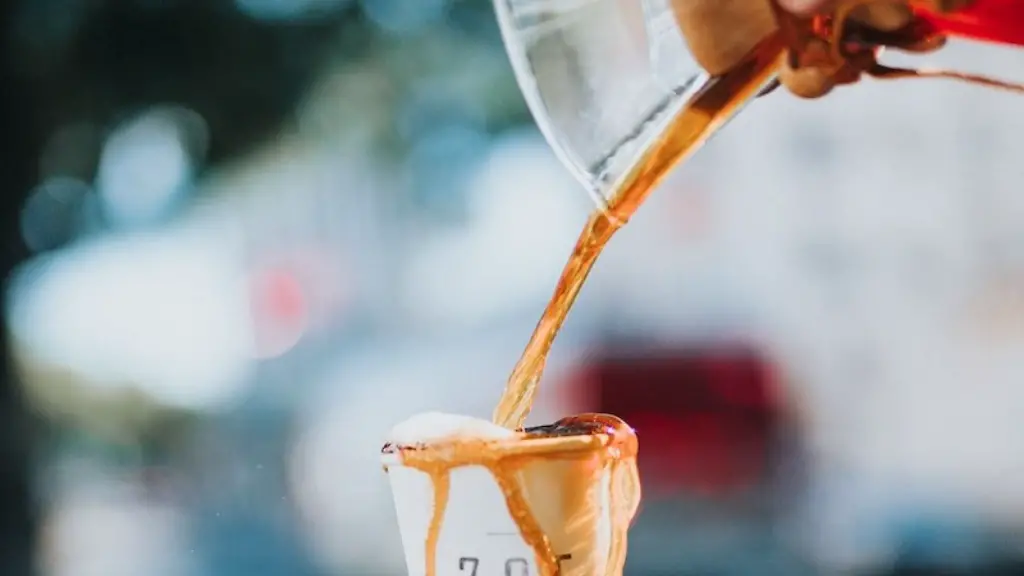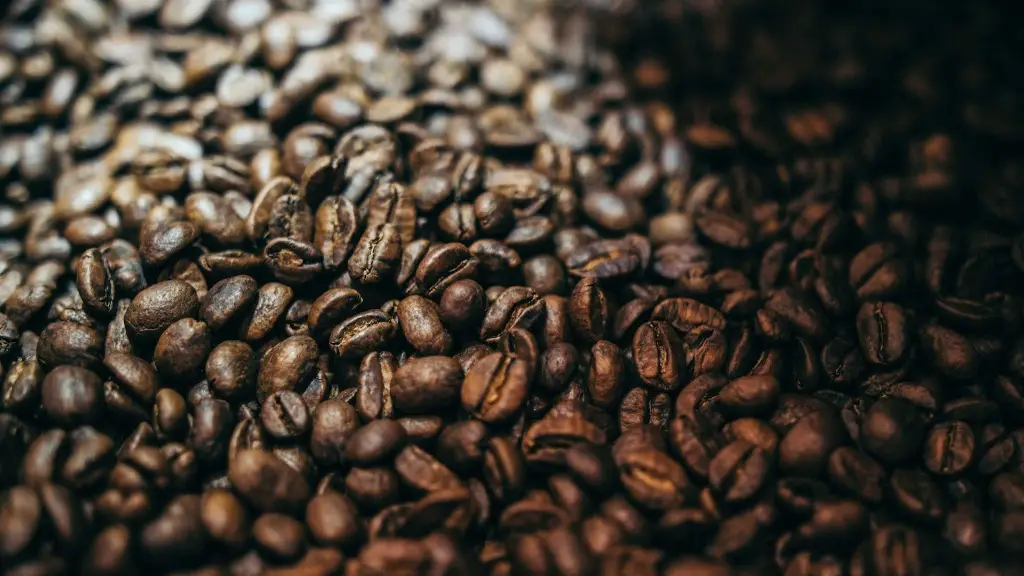Coffee plants are flowering plants that grow coffee beans. The coffee bean is actually the pit of the coffee fruit, which is called a coffee cherry. The coffee cherry is a red, fleshy fruit that grows on the coffee plant.
Coffee plants produce coffee beans. However, the beans do not grow on the plant. Instead, they are the fruit of the plant.
Is there a difference between a coffee plant or coffee tree?
The coffee plant is a member of the Rubiaceae family, which includes a wide variety of trees, shrubs, and herbs. The coffee plant is a perennial shrub, but it is often referred to as a tree because it can reach heights of 20 feet or more. Coffee is derived from the Coffea species.
Arabica trees take 3-4 years to mature and produce their first crop. They can continue to produce fruit for up to 50 years, although yields decrease significantly after 30 years.
How do you harvest coffee from a coffee plant
Strip picking is a traditional method of coffee harvesting that involves removing all the beans from the branches of a tree at one time. This method is typically only used for Robusta coffee. Strip picking can be a very labor-intensive process, but it can also be very efficient.
Having your own coffee plant at home is a great way to get fresh, delicious coffee every day. Plus, it’s a fun and easy project to take on. All you need is a little bit of space and the right conditions, and you can grow your very own coffee plant.
Do coffee plants smell like coffee?
No, coffee plants do not smell like coffee. The smell of coffee comes from the roasting of the coffee beans, which come from small berries that grow once the plant has flowered.
A healthy tree can produce up to 2,000 coffee cherries a year, which is the equivalent of 4,000 coffee beans. This means that a healthy tree can produce around one pound of roasted coffee per year.
Can you grow coffee beans in the US?
While coffee is not typically associated with the United States, the country actually is home to a number of coffee plantations. Coffee is grown in limited areas of America, including California, Hawaii, and Puerto Rico. The coffee plantations in Hawaii are particularly famous, and the coffee grown there is known for its unique flavor.
Coffee trees take approximately 3-4 years to bear fruit, depending on the variety. The fruit, called the coffee cherry, turns bright red when it is ripe and ready for harvest. There is typically one major harvest per year.
Can you eat coffee fruit
You can eat raw coffee cherries, since they are essentially a fruit. Coffee cherries are safe to eat, and they can provide you with a healthy dose of antioxidants and other nutrients. Just be sure to wash them thoroughly before eating, and do not eat too many at once.
Coffee beans are typically harvested by hand in most places around the world. This is because the topography of many regions is too steep for machines to be used. However, in some cases where the land is flat, like in Brazil, coffee beans can be machine harvested.
What color are coffee beans when picked?
Coffee beans should be picked when they are at their brightest color. This is regardless of whether they are red or yellow. Once picked, coffee beans are green in color. Dark red or dark yellow coffee beans are overripe and not ideal for freshness.
The coffee beans are ready to be picked when the cherries turn from a bright green color to a deep red color. The coffee beans can be either handpicked or harvested by machines.
What happens if you give a plant coffee
Coffee beans are good for plants because they are rich in minerals such as magnesium, calcium, phosphorus, nitrogen, and potassium. Phosphorus and potassium help improve yields, and nitrogen is involved in photosynthesis, which helps plants grow faster.
If you have pets or children, it is best to avoid having an Arabica Coffee Plant in your home. All parts of the plant are toxic to animals and people, with the exception of the mature fruit (coffee bean). The plant is especially harmful to cats, dogs, horses, and birds. Even touching the plant can cause skin irritation in some people.
Do coffee plants attract bugs?
Mealybugs are a group of insects that are known to feed on a variety of trees and plants. In coffee, they tend to attack various parts of the plant, including branches, nodes, leaves, roots, and flower clusters. They feed on the sap of the coffee plant and typically secrete a sticky substance that can attract ants. While they may not cause a large amount of damage to the plant, mealybugs can be a nuisance and can be difficult to control. If you are dealing with mealybugs, there are a few things you can do to help control them. First, try to keep your coffee plant healthy and free of stress. This will make it less attractive to mealybugs. Next, you can try using a variety of insecticidal soaps or oils to help kill them. Be sure to follow the directions on the product label and only use products that are safe for coffee plants. Finally, you can also try to encourage beneficial insects in your area, such as ladybugs, which can help to control mealybug populations.
Coffee trees contain saponins in their bark and foliage, which can be poisonous to dogs and other pets. Even humans can be poisoned if they consume a large amount. The side effects of coffee tree poisoning are nausea, vomiting, depression, and contact dermatitis if the sap gets on the skin.
Warp Up
No, coffee plants do not grow coffee beans. Coffee beans are actually the seeds of the coffee plant, and they are enclosed in a hard shell called a coffee cherry. The coffee cherry is what is harvested from the coffee plant, and the beans are then extracted from the coffee cherry.
Yes, coffee plants grow coffee beans. Coffee beans are the fruit of the coffee plant, and they are what we roast and grind to make coffee.





